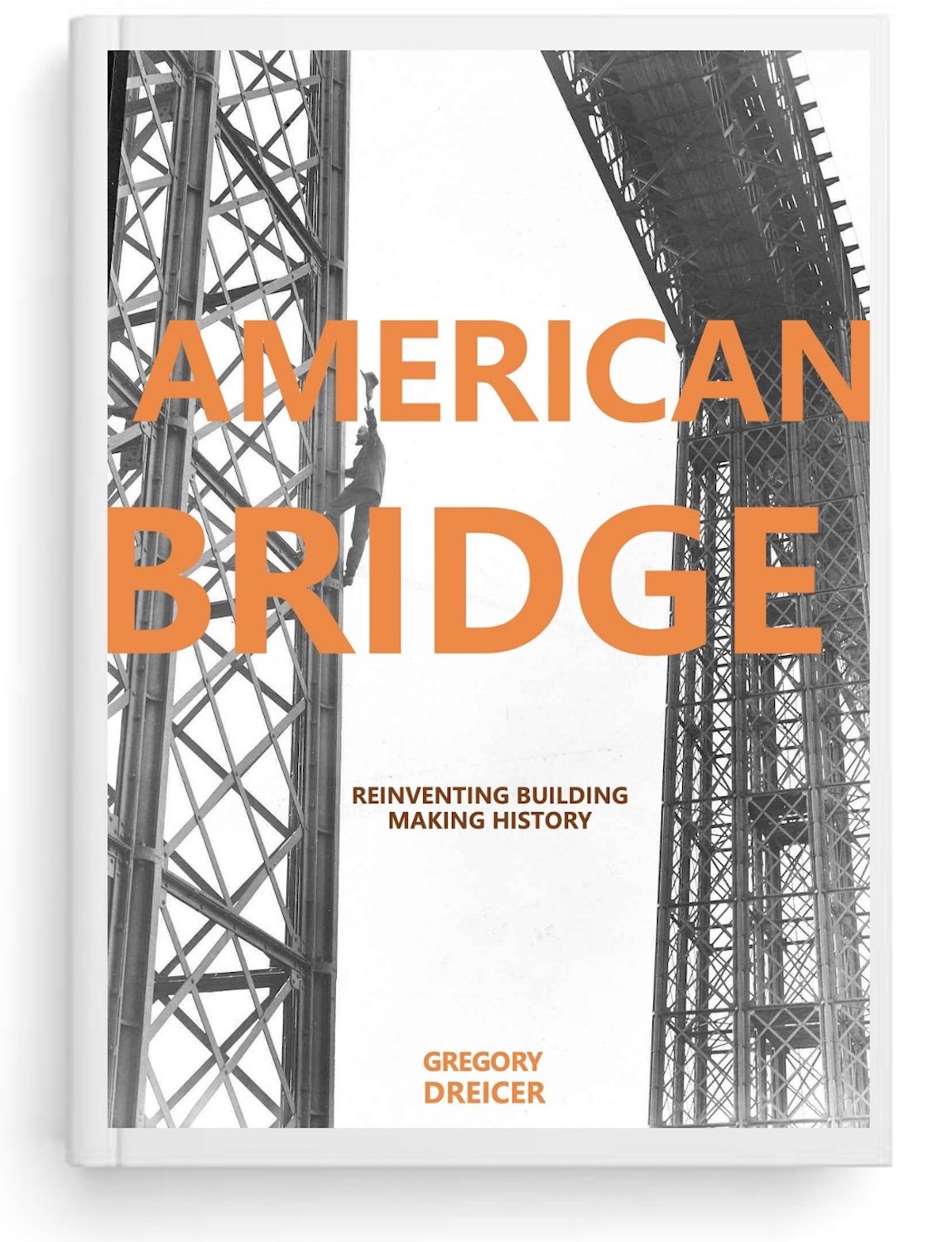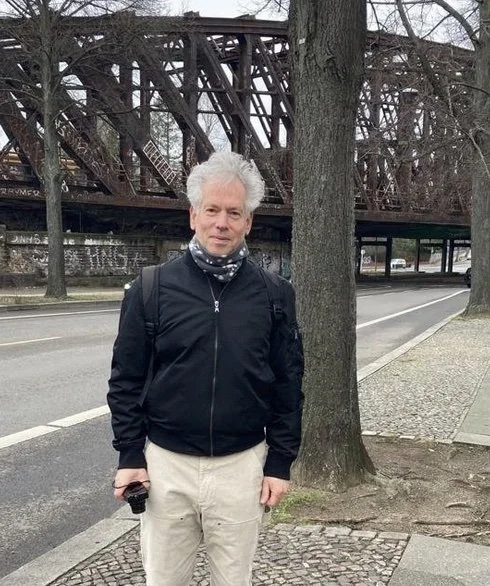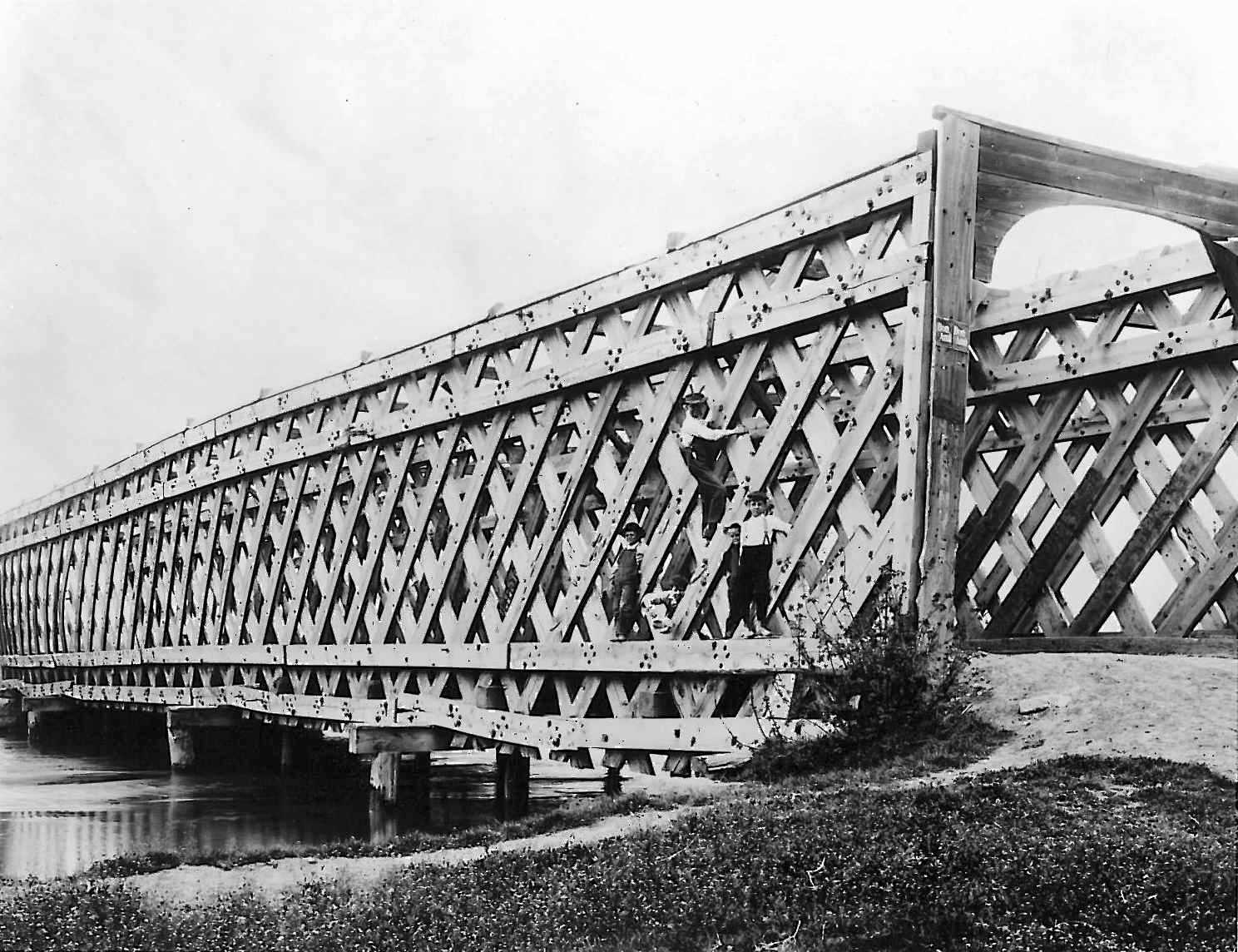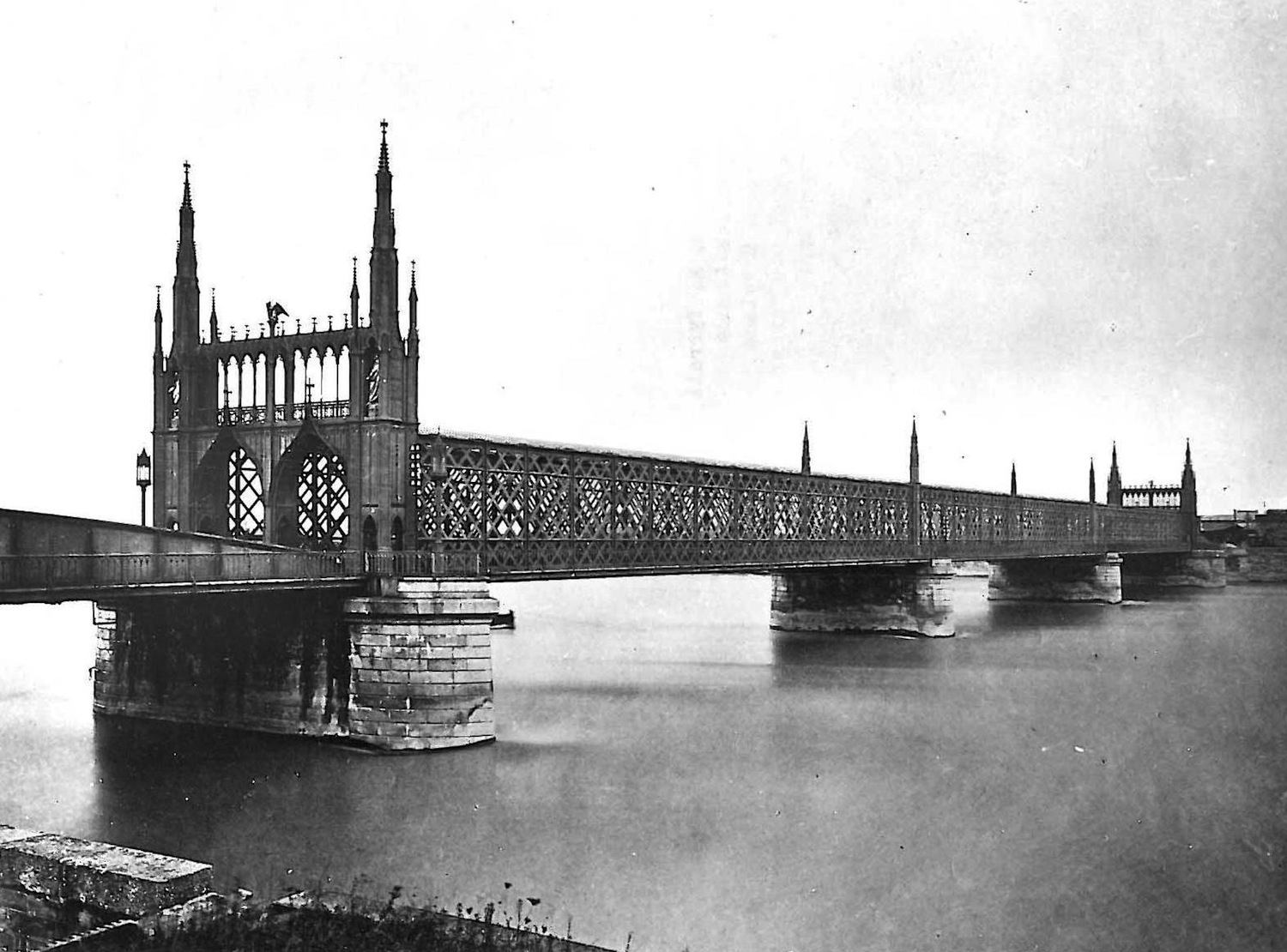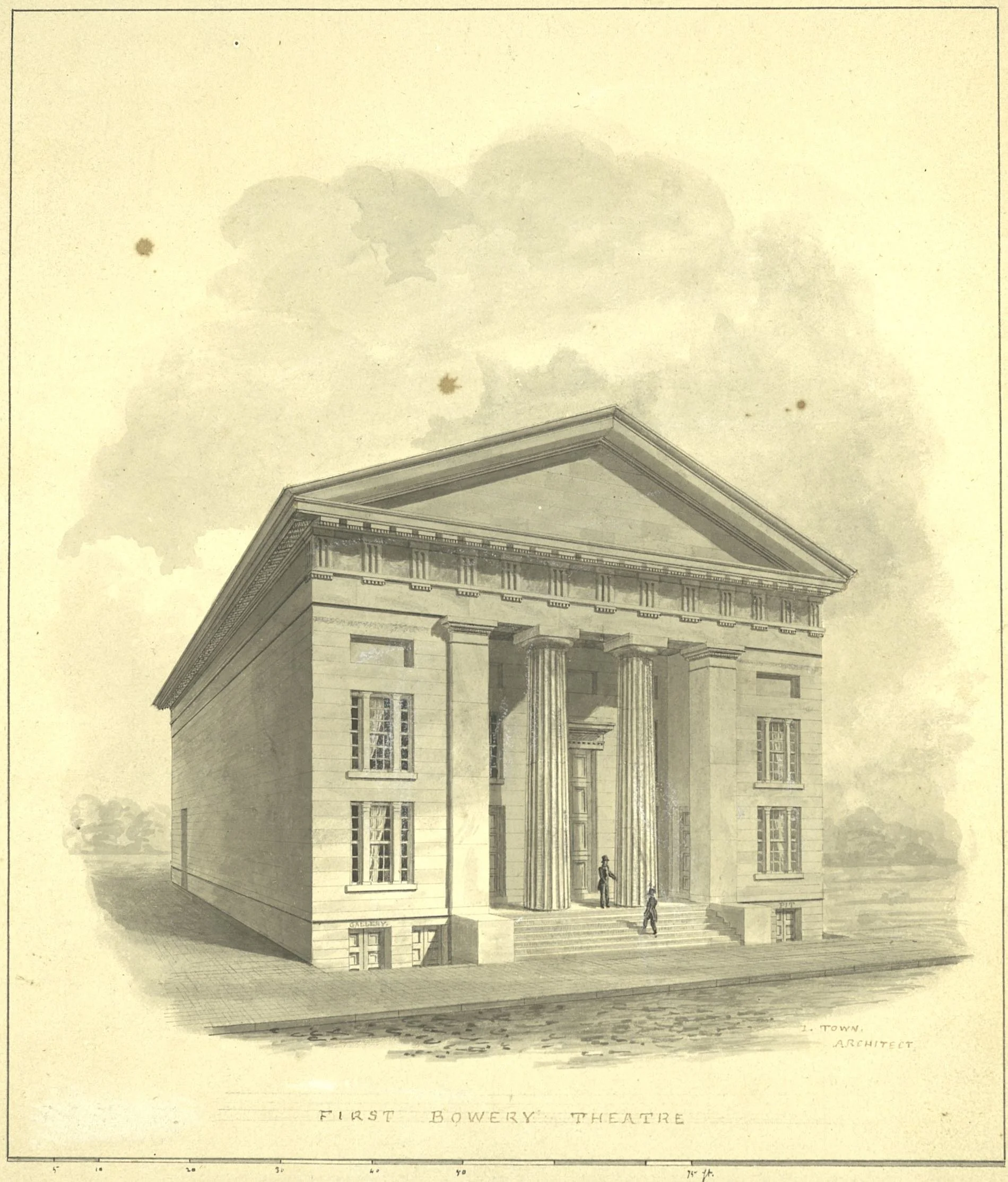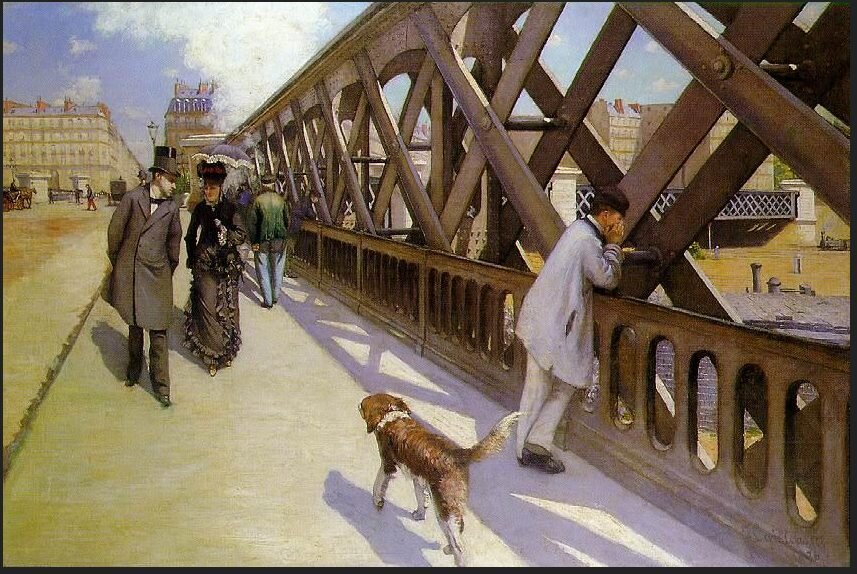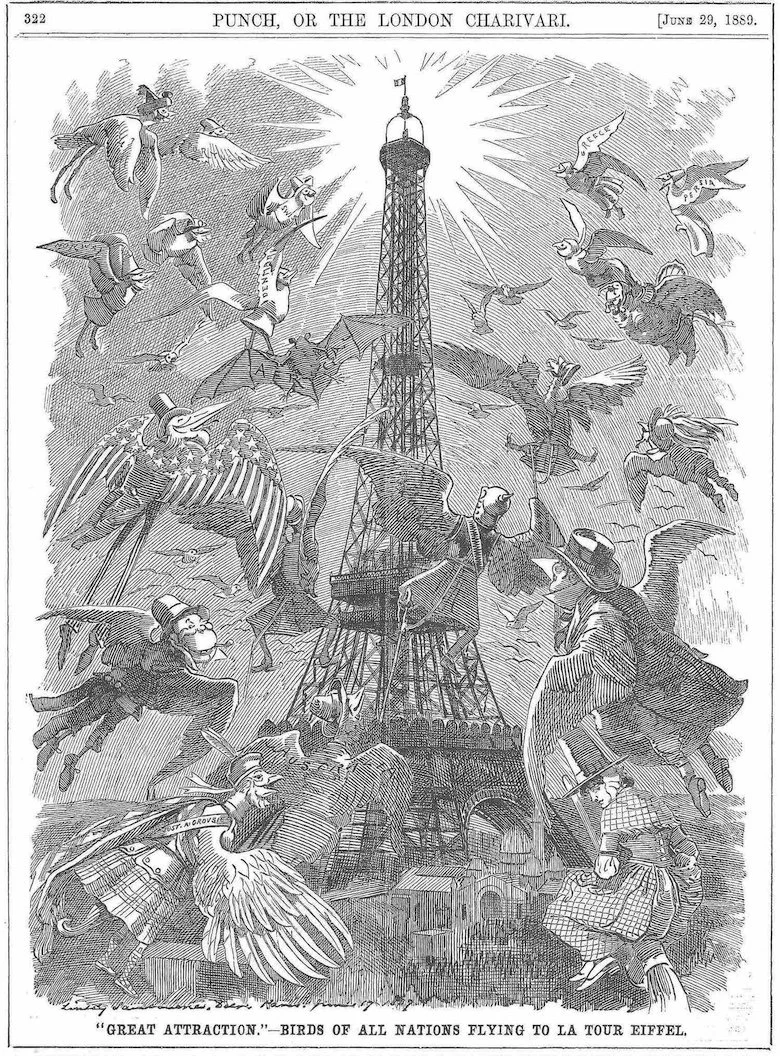“A landmark contribution to the history of technology—Dreicer exposes the ideological scaffolding behind one of America’s most iconic engineering structures. A masterful achievement.” —Joanna Merwood-Salisbury, University of Wellington; author of Chicago 1890 and Barbarian Architecture
”Complex yet eminently readable, American Bridge challenges the reader to see infrastructure as essential to the narratives and imaginaries of the modern world.” —Mark Jarzombek, MIT; author of A Global History of Architecture
”Challenging the concept of evolutionism in the history of construction, Dreicer’s in-depth study of the lattice bridge proposes a new approach based on innovation, entangling politics, and storytelling.” —Bertrand Lemoine, historian/engineer/architect and author of The Eiffel Tower and Architecture in France
”Dreicer’s engrossing study of the lattice truss bridge makes a nuanced and original contribution to the history of technology.” —John Ochsendorf, MIT; author of Guastavino Vaulting
”The publication of American Bridge can be described as a sternstunde: a great moment in the history of construction.” —Karl-Eugen Kurrer, historian/engineer and author of The History of the Theory of Structures
Around 1800, builders focused on building one bridge at a time. By the 1850s, they were constructing hundreds of thousands, thanks to innovative strategies embedded in structures called “American.” American Bridge explores this radical reimagining. Dreicer tracks the transnational creative flows of technologists who, inspired by “American” practice, reinvented beam, truss, and high-rise frame, along with the building processes that enabled the industrializing nations to build the infrastructure essential for their growth.
Dreicer challenges two centuries of evolutionist and nationalist narratives that have kept this story hidden. As a result American Bridge reveals for the first time the development of mass construction. It restores lumber’s status as a seminal industrial product. It recognizes the contributions of enslaved Black people at a transformative technological moment. It portrays designers, workers, and managers establishing professional practices while devising methods of erecting long bridges and tall towers. Today, American Bridge’s narrative detox is especially meaningful because the stories we share are our bridges to the future.
AUTHOR
As curatorial strategist, experience designer, and historian, I’ve developed exhibitions that engage audiences in understanding the world via unexpected perspectives and multiple voices. My projects, whether about barn raising, national border building, or greenwashing, represent an alternative to the standard approach and have often been in the avante-garde. My public work springs from interdisciplinary research into place, community, identity, and technology. I’m presenting its full scope in American Bridge. Please learn more about me here.
American Bridge, which features 170 photographs, drawings, and artworks, revolves around the lattice bridge (patented 1820).
Click on image samples to enlarge.
EVENTS
A series of events is planned for early 2026. Information to come.
Ithiel Town (Nathaniel Jocelyn,1826) ©National Academy of Design, New York / Gift of George Dudley. Ithiel Town (1784-1844) patented the lattice bridge and had a formative role in establishing how engineers and architects work.
QUESTIONING STANDARD STORIES
Why are bridges with tons of iron called “wooden”?
Where did skyscraper structural frames come from?
Who shrouded the history of building in mystery?
What’s an “American” invention?
American Bridge employs questions to strip away myths and expose the gaps in common understandings of invention and design. It explores, for example, Ithiel Town’s absence from historical memory.
Only experts in U.S. architecture recognize Town’s name. Yet he is one of the most significant designer-builders of the nineteenth century, a founder of the architectural profession as we understand it today, and a leader in the spread of classical revival architecture. He was a key figure in an elite network of artists and inventors who crafted an image of America. It would be easy to claim that Town’s lattice patent changed the world. So why do we continually hear about Edison and Ford, but never Town?
THANK YOU!
Deep gratitude to the individuals who assisted and advised me. And I’d like to acknowledge the generous support of these institutions:
Cornell University
German Academic Exchange Service (DAAD)
Bourse Chateaubriand, Embassy of France
Deutsches Museum Library
Dibner Library Resident Scholar Program, Smithsonian Libraries
Lemelson Center for the Study of Invention and Innovation, Smithsonian Institution
Furthermore: a program of the J.M. Kaplan Fund
CONTACT
Please send inquiries and suggestions.

